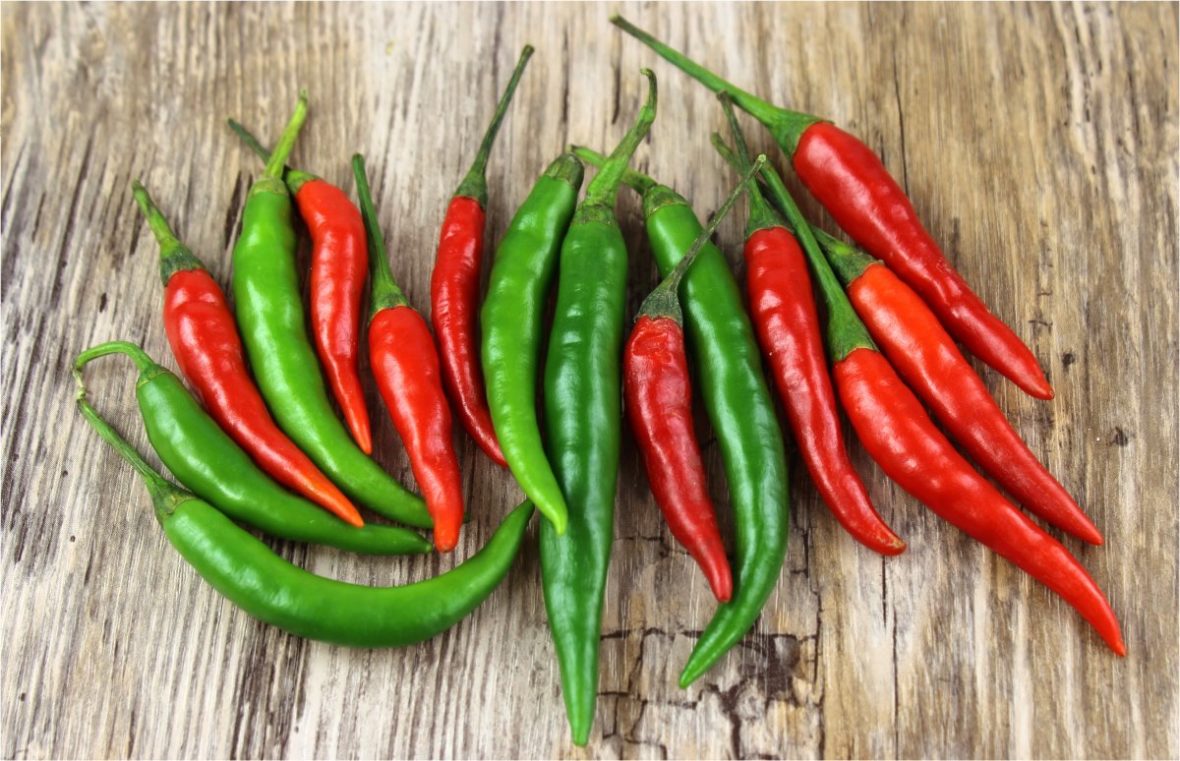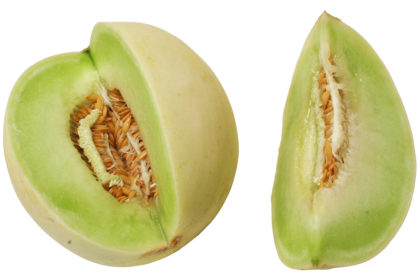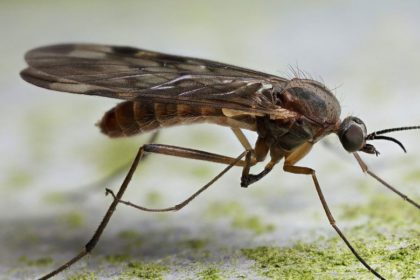Chili peppers are fruit of plants from the genus Capsicum, member of the nightshade family, Solanaceae. They are widely used in many cuisines to add spiciness to dishes. Take a look below for 25 more interesting and fascinating facts about chili peppers.
1. The substances that give chili peppers their intensity when ingested or applied topically are capsaicin and related compounds known as capsaicinoids.
2. Chili peppers originated in Mexico. After the Colombian Exchange, many cultivars of chili pepper spread across the world, used for both food and traditional medicine.
3. Worldwide in 2014, 32.3 million tons of green chili peppers and 3.8 million tons of dried chili peppers were produced.
4. China is the world’s biggest producer of green chili peppers, providing half of the global total.
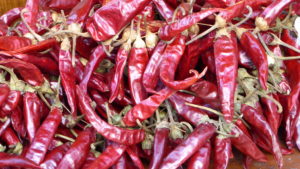
5. Chili peppers have been a part of the human diet in the Americas since at least 7500 BCE.
6. The most recent research shows that chili peppers were domesticated more than 6000 years ago in Mexico, in the region that extends from across southern Puebla and northern Oaxaca to southeastern Veracruz.
7. Christopher Columbus was one of the first Europeans to encounter chili peppers in the Caribbean and called them “peppers” because they, like the black pepper, have a spicy, hot taste.
8. Christian monks experiments with the culinary potential of chili and found that their pungency offered a substitute for black peppercorns.
9. Diego Alvarez Chanca, a physician on Columbus’ second voyage to the West Indies in 1493, brought the first chili peppers to Spain and first wrote about their medicinal effects in 1494.
10. Chili peppers journeyed from India, through Central Asia and Turkey, to Hungary, where they became the national spice in the form of paprika.
11. Chili peppers help you burn more calories by raising the body’s core temperature during digestion. Also, they trigger a reaction in your gut that tells your nervous system to produce more brown fat, which is the healthy type of fat.
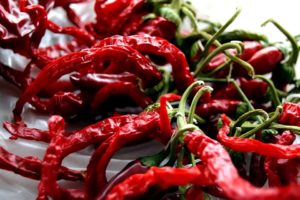
12. They help release feel good endorphins and dopamine, because your brain interprets the burn from the chili peppers as pain. This can also result in a sense of euphoria similar to a runner’s high.
13. A study by a University of Cincinnati allergy researcher found that a nasal spray containing capsaicin from hot chili peppers helped people suffering from nasal congestion and sinus pain feel relief more quickly.
14. Chili peppers are better for you if you cook them. When cooked, they release more of the bio-active compounds and they’ll be absorbed into the body more efficiently.
15. Fresh chili peppers will be spicier during the summer and milder during the cool or rainy season.
16. For the first 100 years after being introduced to chili peppers in the 1600s, the Japanese put them in their socks to keep their toes warm instead of eating them.
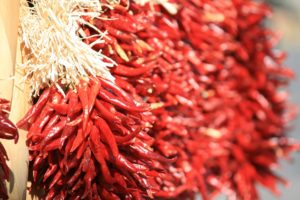
17. Psychologist Paul Rozin suggests that eating chili peppers is an example of a constrained risk, like riding a roller coaster, in which extreme sensations like pain and fear can be enjoyed because individuals know that these sensations are not actually harmful.
18. Capsaicin, the chemical found in chili peppers that makes them hot, is used as an analgesic in tropical ointments, nasal sprays, and dermal patches to relieve pain.
19. Capsaicin extracted from chili peppers is used in pepper spray as an irritant, a form of a less lethal weapon.
20. Farmers in Africa have found the use of chili peppers to be effective in crop defense against elephants.
21. Chili peppers are eaten by birds living in the chili peppers’ natural range, possibly contributing to seed dispersal and evolution of the protective capsaicin in chili peppers.
22. While red chili peppers contain large amounts of vitamin C, other species contain significant amounts of provitamin A beta-carotene.
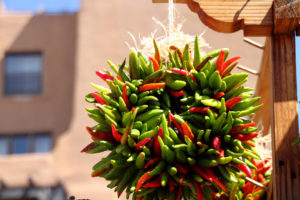
23. The green chili pepper has been growing in the United States, where it’s now New Mexico, for more than 400 years.
24. The part of the chili pepper that’s closest to the stem is usually the hottest part because it has the highest concentration of capsaicin.
25. Dried chili peppers are often ground into powders, although many Mexican dishes including variations of chiles rellenos use the entire chili.

